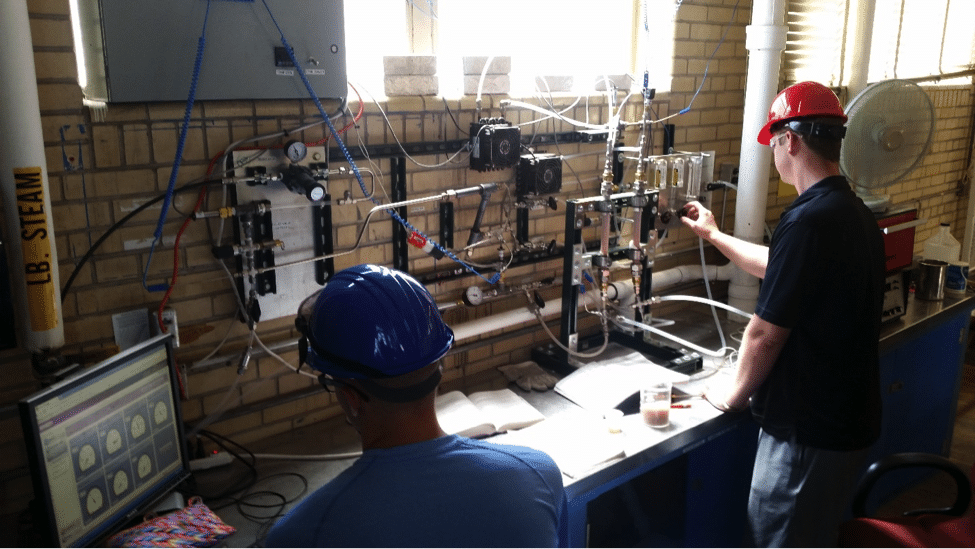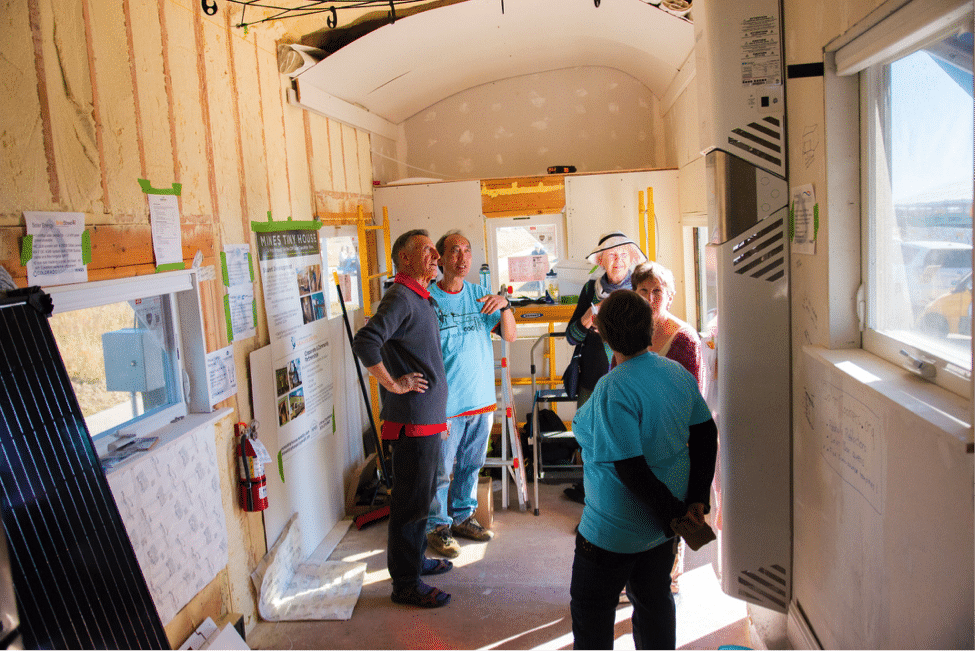Success Stories
Fall 2017 Tech Fee Proposal: Mines Tiny House Microgrid
Mines Tiny House is a student organization building a net-zero, solar-powered tiny house. The goal of this project is to learn about sustainability and energy-efficient technologies through hands-on experiences. From the Technology Fee, we were able to purchase the JLM Energizr® 100 inverter and lithium-iron phosphate batteries, a system which will allow us to convert and store DC power from solar panels on the roof into AC to run appliances in the house. Being “net-zero” means that the tiny house will create as much power, if not more, than it consumes, and the Energizr® 100 is the heart of this microgrid! This project is engaging students and faculty across all disciplines at Mines, and encourages skills development in construction, solar energy, and sustainable design. As the tiny house is near completion, the team is now looking forward to applying these skills into the new house design for the Solar Decathlon AFRICA competition in which we will be competing in Fall, 2019.
Fall 2016 Tech Fee Proposal: Hot Glass Shop for
Teaching, Engagement, Recruiting and Outreach
In our Hot Glass Shop we teach students how to create artistic glass sculptures and vessels. Students begin by learning how to use wooden and metal tools to shape molten glass and make solid pieces like paperweights and, over the course of a semester, graduate to making blown vessels such as cups, bowls and vases. In addition to the artistic aspect of glass blowing, the hands-on experience that students get allows them to develop a practical sense of different chemical and thermomechanical properties that are important for glass, like chemistry-viscosity and heat-viscosity relationships, chemical reactions that control color and residual stress.
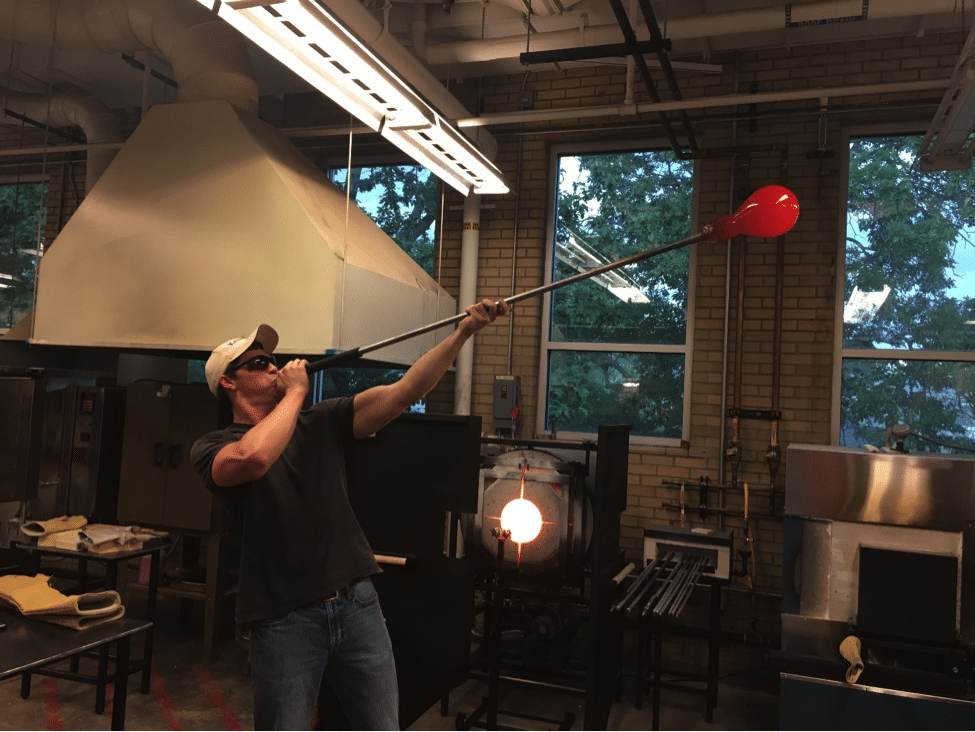
Multiple Tech Fee Proposals: Foundry
The Mines Technology Fee has supported several upgrades to the Foundry located in Hill Hall. With Technology Fee support, the Foundry has purchased a high-resolution optical 3-D printer, a Computer Numerical Control (CNC) mill, and several small format casting upgrades. These new capabilities are available to students through the Foundry Classes and at Free Pour Friday, where students from across campus can learn how to cast aluminum using sand molds.
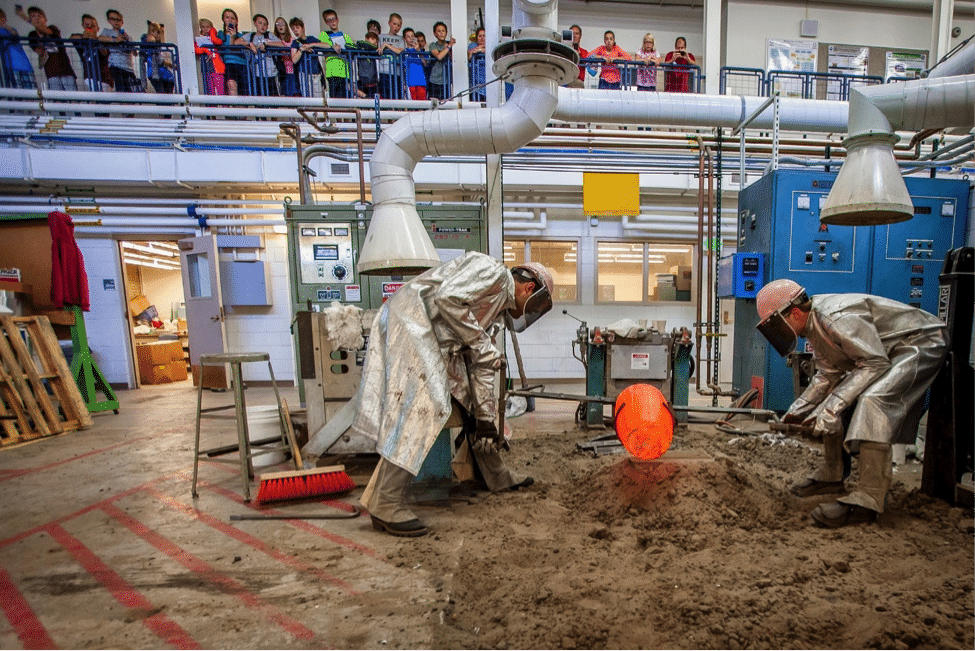
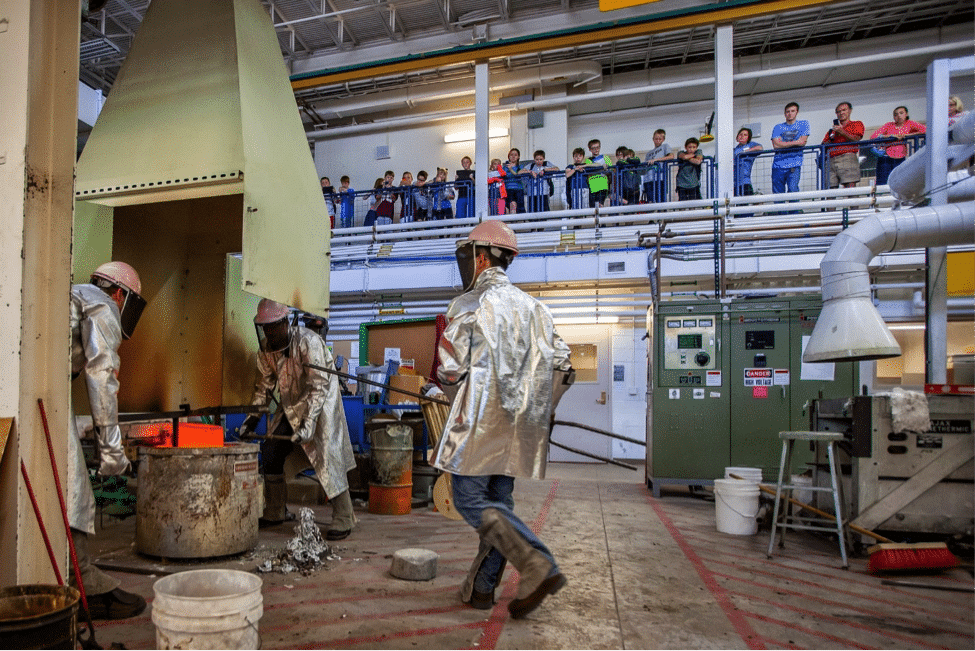
Spring 2017 Tech Fee Proposal: 3-D Printers
for Field Session and Senior Design
To answer and meet new scientific and engineering challenges will require the development of new instrumentation that simply doesn’t exist yet. One of the most exciting developments is the creation of inexpensive, and flexible computer number controlled platforms such as three-dimensional printers. These tools are enabling scientists to create instrumentation that could not be envisioned before. As such it is a key component of our curriculum: making these tools available so that students can freely explore their potential. They learn about the strengths and limitations of these technologies. Without the Technology Fees we have received, we would not be able to provide this hands on experience, which is vital to the education of next generation scientists and engineers.
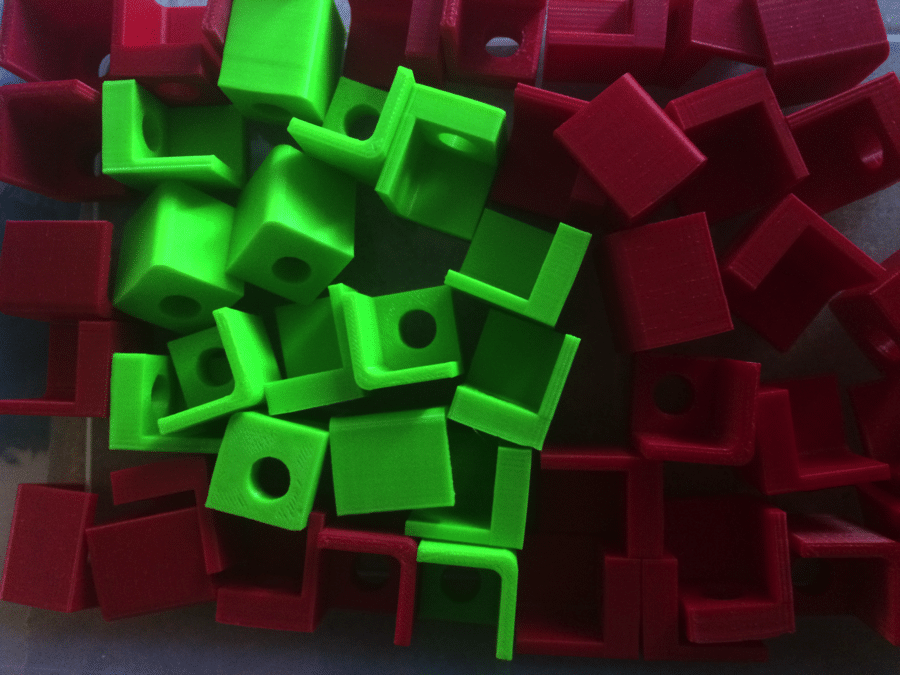
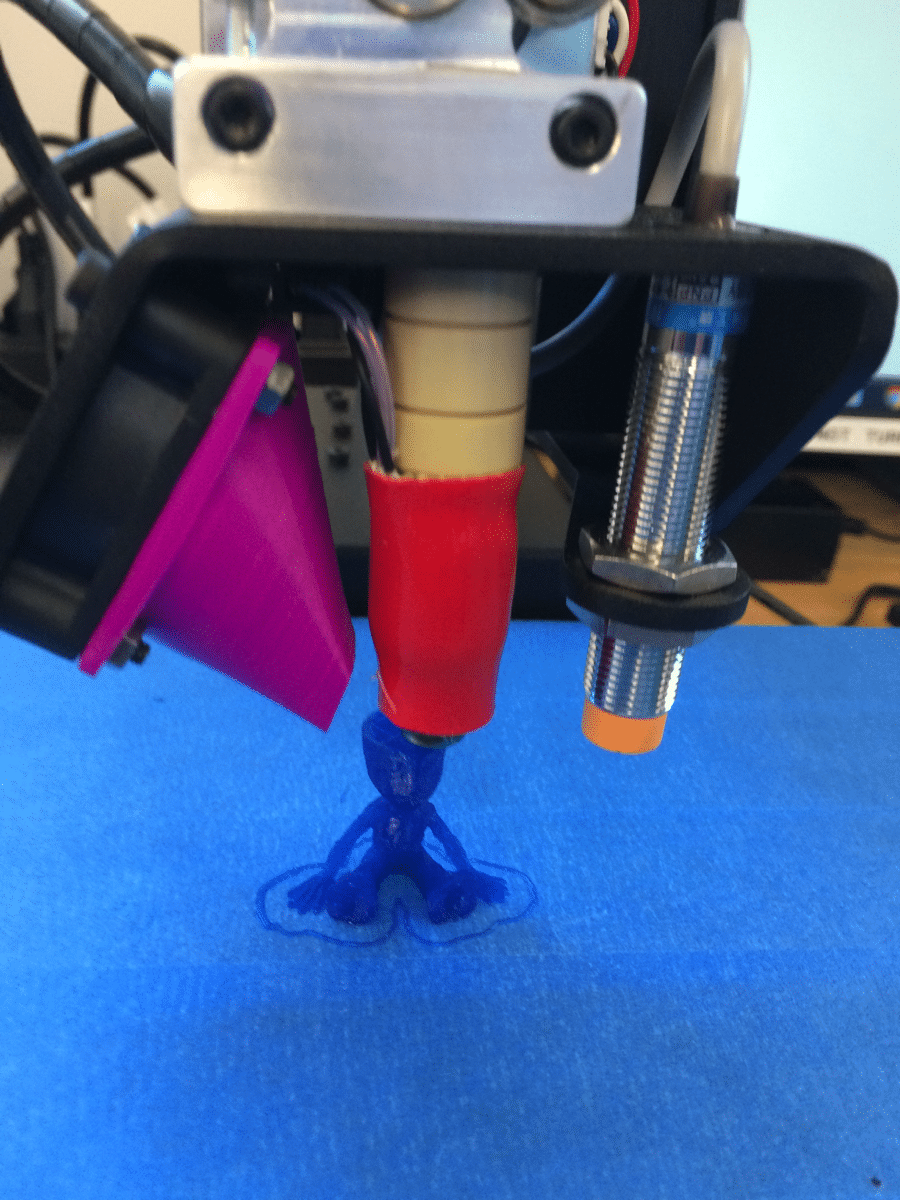
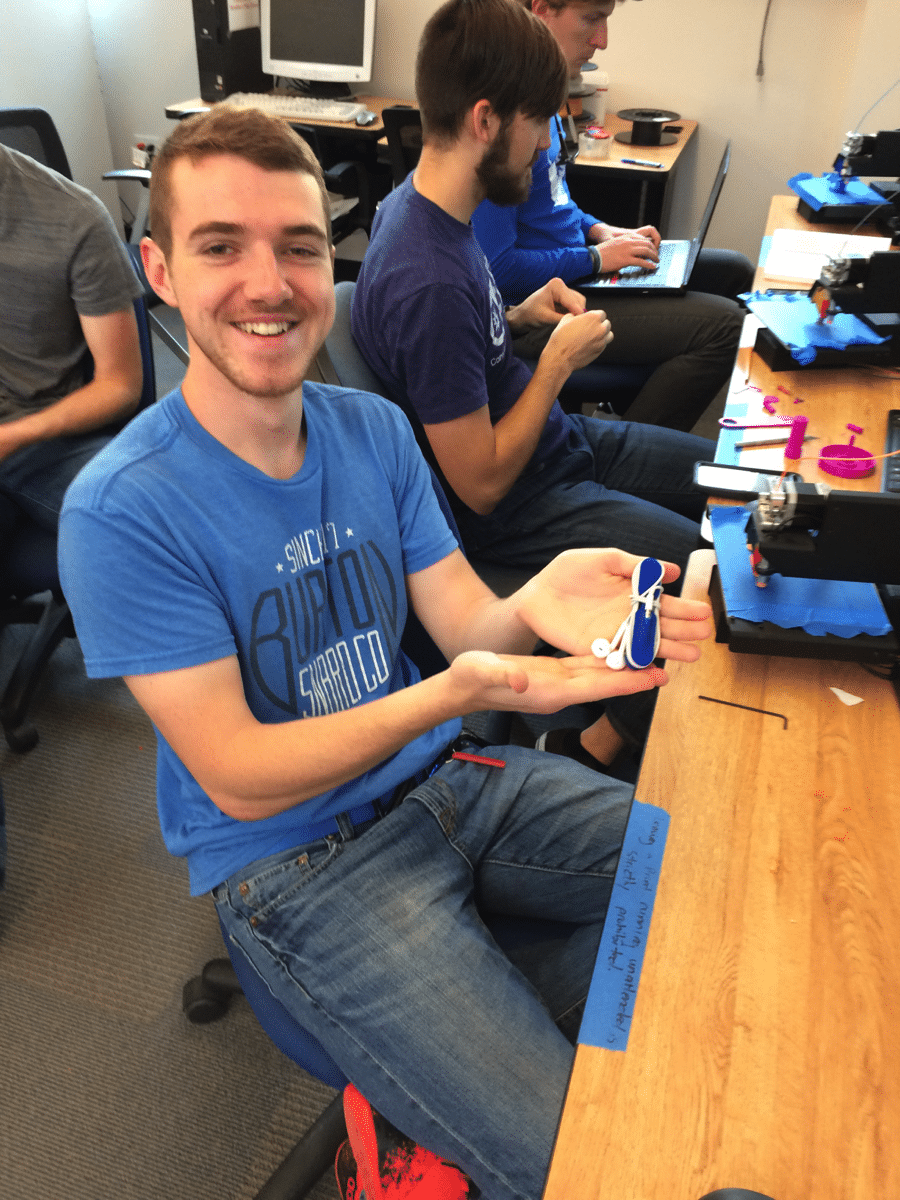
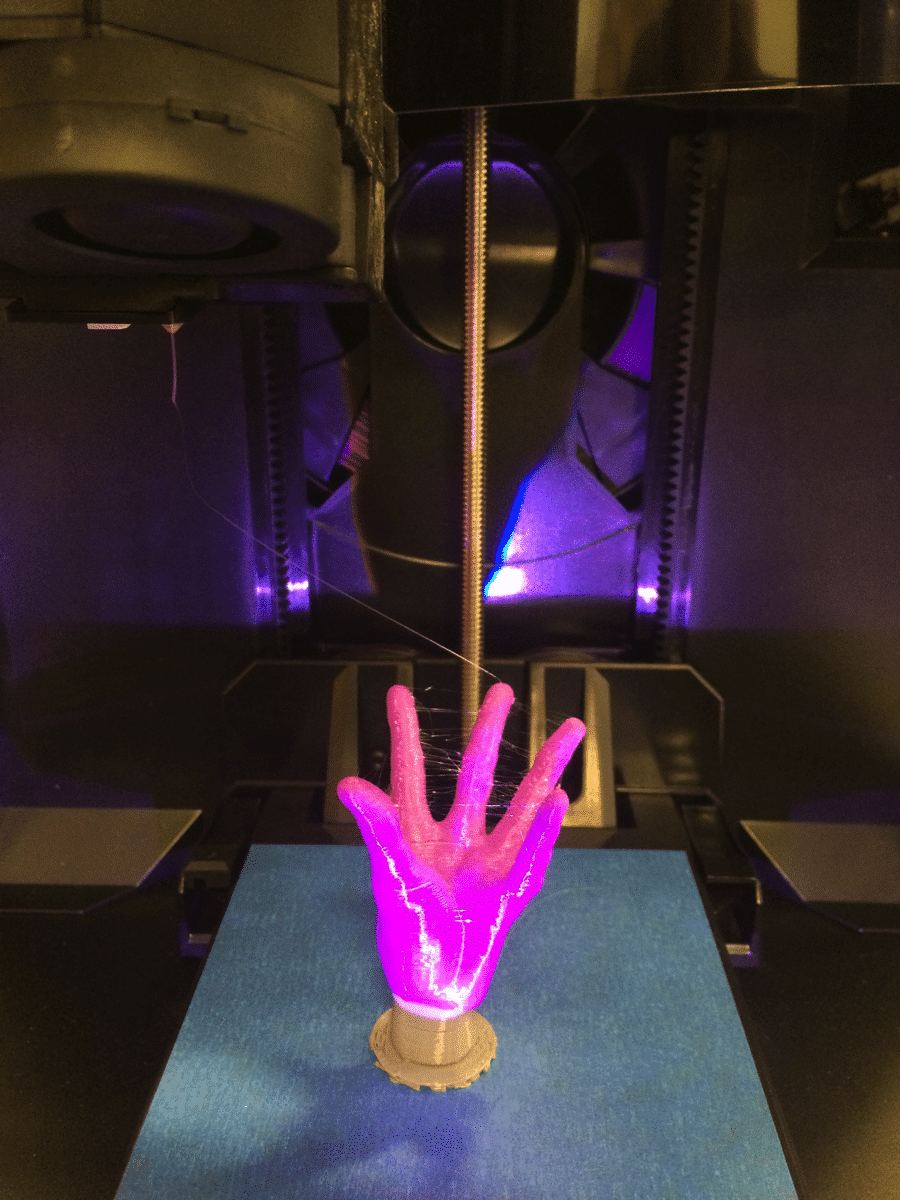
Fall 2017 Tech Fee Proposal: Outdoor Field Laboratory
for Undergraduate Education in Geophysics
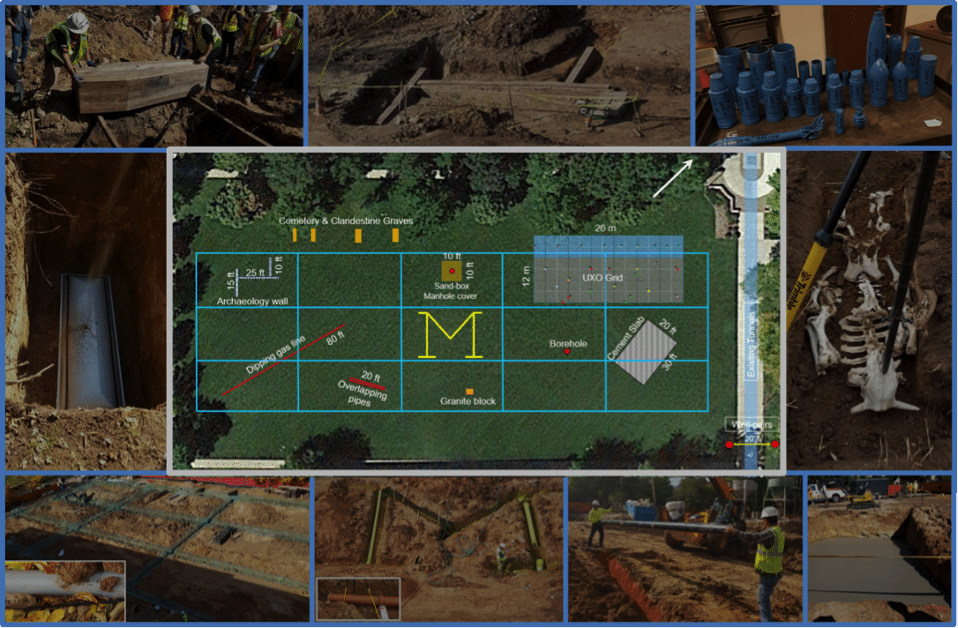
We have constructed a massive, one of a kind outdoor geophysical education laboratory beneath Kafadar Common on Mines Campus. This new field site has been created such that the collection of subsurface targets and sensors reproduce, as best as possible, a broad collection of geophysical problems related to civil infrastructure, humanitarian, geology, tunnel detection, natural hazards, archaeology and historical preservation. With this laboratory, we can now train our students in a close and controlled environment where the targets are accurately defined and the data contain a collection of both isolated and interfering anomalies.
Additionally, the physical properties and geometries of the targets have been carefully selected to provide a combination of strong and weak anomalies for each of our various geophysical instrumentation in gravity, magnetics, electrical, electromagnetics, seismic, and borehole methods. This new outdoor laboratory is one of the most ambitious projects undertaken by the Department of Geophysics and it will contribute to the never-ending commitment of keeping Mines at the forefront of geophysical research and education.
Fall 2016 Tech Fee Proposal: Fixed-bed Adsorption
This Technology Fee funded a new experiment highlighting a combined set of transport phenomena principles – heat transfer, fluid mechanics, and mass transfer. Air of variable humidity and temperature is provided to a fixed bed of desiccant particles which change color from blue to pink as they become hydrated. A complete sensor suite consisting of relative humidity, pressure, temperature, and flow sensors allows students to fully explore the characteristics of solid/vapor equilibria and the factors that affect it. Automatic data acquisition gathers a full snapshot of the system state every second, giving students the ability to track the process dynamics with great precision.
